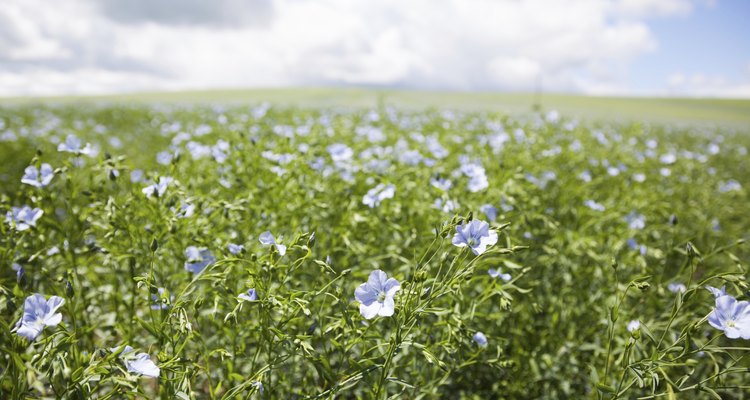
DaleStephens704/iStock/Getty Images
Linen, a lightweight, airy fabric that is commonly worn during summer, is made from the fibers of the flax plant. It can utilized in a variety of ways, showing up on dining room tables and in clothes closets alike. The quality of the linen depends on the retting process, which determines the fineness of the fiber and the resultant quality of the fabric.
Rough Spun
Rough-spun linen is made from thicker fibers and is coarser in texture. This type of linen is traditionally used for work wear, such as butcher’s aprons and other work gear. Heavier than linen traditionally used for clothing, the rough-spun variety is very durable and can withstand a lot of wear and tear. This type of linen, because of its weight, is also traditionally used for embroidery or lacework.
For Clothing
The use of linen has been around since 5,000 B.C. when Egyptians wove linen into fabric to use as clothing. Dresses, coats and cloaks for both women and men were made from linen. Today, linen is used to make a range of other garments, including dress shirts, pants and suits. It is prized for its lightweight breathability, making the fabric well-suited for warm weather and humid conditions.
Linen Blends
Linen can be blended with other fibers to create a sturdier fabric; when mixed with wool, it is called wincey. The addition of wool increases the insulative abilities of linen, making it an acceptable fabric for cooler temperatures. The strength of both wool and linen made wincey a common choice of working people around the turn of the 20th Century, as it provided warmth and durability. Today, a cotton-linen blend has become the preferred choice, especially for summer wear. Cotton is lighter than wool and helps linen keep its shape better, adding a slight sheen to the finished product.
Potential Drawbacks
The thickness of linen depends on the final use. The linen used for dresses, pants and other clothing has traditionally been much finer and sheerer than linen for household items. One of the primary drawbacks of linen is how easily it wrinkles. After one wear, linen needs to ironed to maintain its presentability. Because of sheer linen's delicate nature, ironing can be a challenge -- proper care demands steaming instead of heavy pressing.
Related Articles

What Is Pinpoint Cotton?

Microfiber vs. Cotton Clothes

Fabrics Similar in Weight to Taffeta

Twill vs a Cotton-Polyester Blend

How to Use a Steamer on Linen Clothes
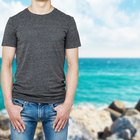
How Much of the World's Clothing Is ...
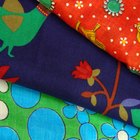
What Is Arnel Vintage Material Fabric?

What Is Fleece Fabric Made From?
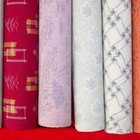
The Advantages & Disadvantages of Woven ...

The History of Satin Fabric

What Is Cotton Plisse?

Characteristics of Rayon Fabric

Denim vs. Denim Blends
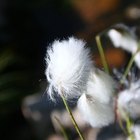
Define Cotton Silk Fabric

What Is Superfine Wool?

The Advantages of Wool Clothing

How to Get the Stiffness Out of ...

Can You Use Starch on Linen Pants?
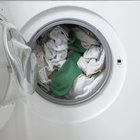
Rayon Spandex Care Instructions

How to Shrink Flannels
References
Writer Bio
Bethany Williams has been a beauty and style writer since 2006. She has written for "ELLE Canada," "Canadian Living" and "Flare Magazine." She holds a Bachelor of Arts degree in journalism and history from the University of King's College.
Photo Credits
DaleStephens704/iStock/Getty Images